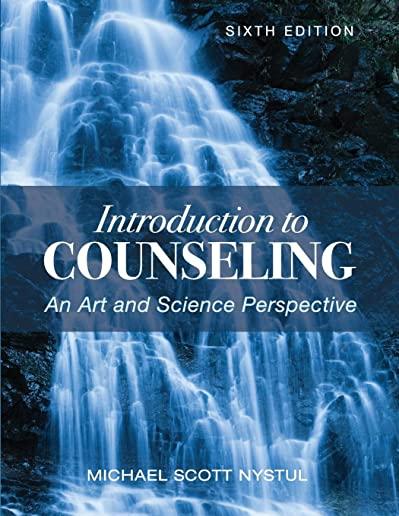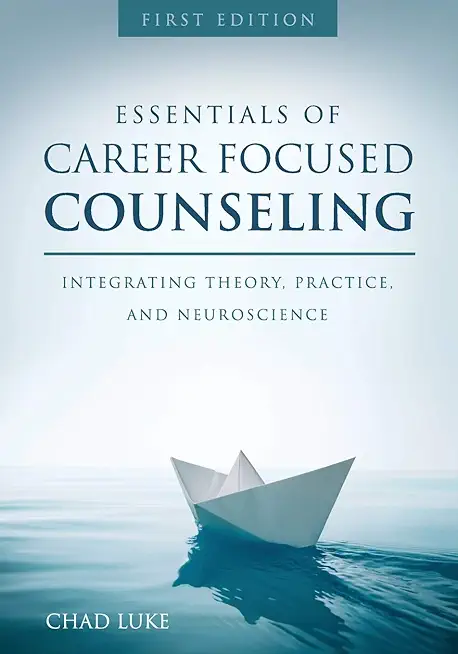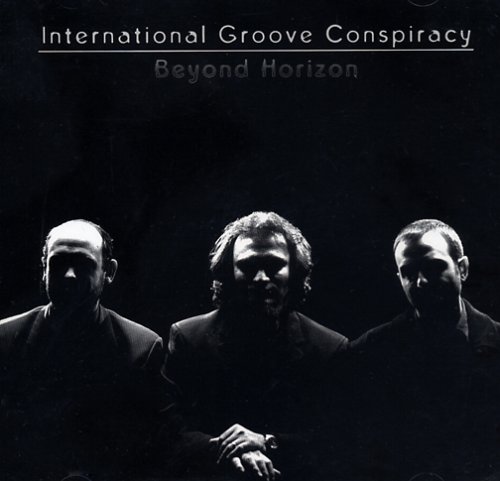
description
n Art and Science Perspective provides students with an accessible overview of the counseling profession and also demonstrates how fundamental counseling concepts can be employed to successfully address everyday life challenges. The book posits that counseling is both an art and a science, highlighting the balance between the subjective and objective dimensions of counseling.
The first part of the book offers students an introduction to the counseling profession and the counseling process, introducing them to conceptual models for counseling, legal and ethical issues, and assessment, research, and evaluation. The second part of the text provides information on multicultural counseling and counseling theories, emphasizing models that are inclusive and adaptive. The final part of the text identifies special approaches and modalities that are helpful in the treatment of diverse populations in particular settings, including children and adolescents in school settings, individuals with mental health issues in hospitals, clinics, and private practices, and more.
The sixth edition of Introduction to Counseling features increased focus on professional identity of counselors, content on wellness and positive psychology, increased focus and awareness of social justice issues and advocacy as important dimensions of multicultural counseling, new information on technology-assisted methods of counseling, increased focus on the role of neuroscience in counseling, updated information on the changes in ethical codes, and new guidelines for diagnosis in DSM-5. Presenting timely and critical information in an approachable way, the text is a valuable resource for undergraduate and graduate-level students pursuing helping professions.
The first part of the book offers students an introduction to the counseling profession and the counseling process, introducing them to conceptual models for counseling, legal and ethical issues, and assessment, research, and evaluation. The second part of the text provides information on multicultural counseling and counseling theories, emphasizing models that are inclusive and adaptive. The final part of the text identifies special approaches and modalities that are helpful in the treatment of diverse populations in particular settings, including children and adolescents in school settings, individuals with mental health issues in hospitals, clinics, and private practices, and more.
The sixth edition of Introduction to Counseling features increased focus on professional identity of counselors, content on wellness and positive psychology, increased focus and awareness of social justice issues and advocacy as important dimensions of multicultural counseling, new information on technology-assisted methods of counseling, increased focus on the role of neuroscience in counseling, updated information on the changes in ethical codes, and new guidelines for diagnosis in DSM-5. Presenting timely and critical information in an approachable way, the text is a valuable resource for undergraduate and graduate-level students pursuing helping professions.
Michael Nystul received his Ph.D. in counseling from Oregon State University. He holds the position of professor emeritus in the Department of Counseling and Educational Psychology at New Mexico State University. Dr. Nystul has served as a professor, mental health counselor, school counselor, and psychologist in a variety of clinical settings over the course of 45 years. He has authored or served as a contributor for more than 100 publications within the field of counseling, including journal articles, book chapters, and books.
member goods
No member items were found under this heading.
notems store
Return Policy
All sales are final
Shipping
No special shipping considerations available.
Shipping fees determined at checkout.







